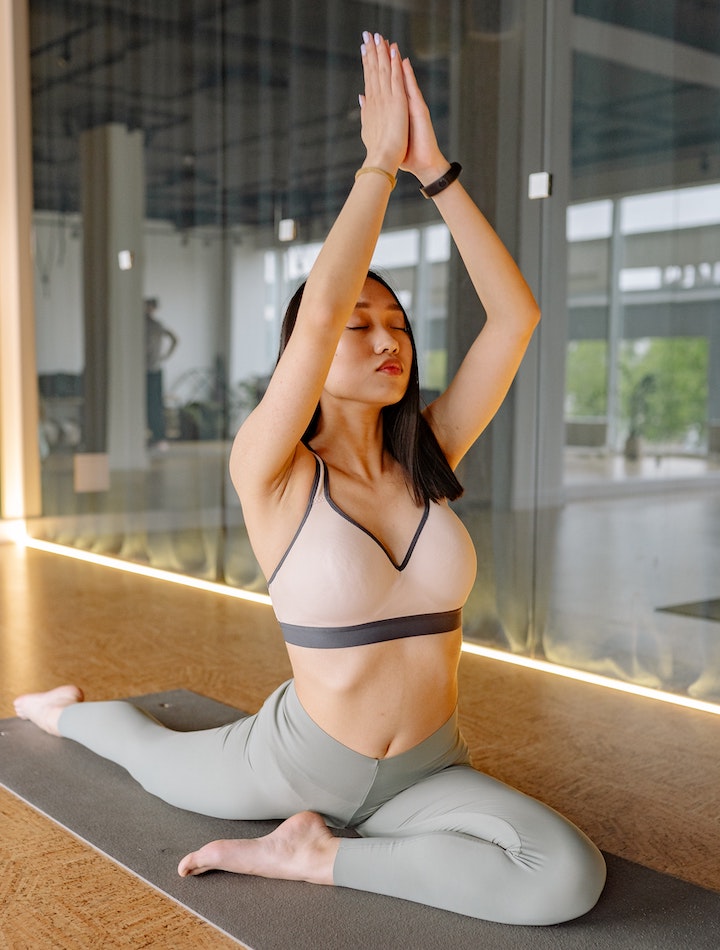Flowga yoga, a fusion of flow and yoga, is gaining popularity worldwide for its unique approach to yoga practice. In Hong Kong, a bustling metropolis known for its fast-paced lifestyle, Flowga yoga offers a perfect escape to find balance and embrace flexibility. Explore the benefits of Flowga yoga, its significance in Hong Kong’s yoga scene, techniques to improve flexibility, and how to find Flowga yoga classes hong kong. Yoga has long been recognized as a powerful physical and mental well-being practice. Flowga yoga takes this practice to the next level by combining the fluid movements of flow with the mindful awareness of yoga. It encourages practitioners to connect their breath with movement, creating a graceful and dynamic sequence that enhances strength and flexibility.
Importance of Flexibility in Flowga Yoga
Flexibility is vital in Flowga yoga as it allows for graceful pose transitions and helps prevent injuries. It enables practitioners to move with ease and find their flow. Flexibility in FLOWGA yoga classes hong kong is limited to physical flexibility, mental flexibility, and adaptability.

Techniques to Improve Flexibility in Flowga Yoga
While some individuals may naturally be more flexible, everyone can improve their flexibility through consistent practice. In Flowga yoga, certain techniques can be incorporated to enhance flexibility. These include regular stretching, gentle warm-up exercises, and gradually challenging the body with more advanced poses. Additionally, incorporating props such as blocks and straps can provide support and assist in achieving deeper stretches.
Flow, a core element of Flowga yoga, refers to the seamless and continuous movement between yoga poses. It emphasizes the smooth transition from one posture to another, creating a harmonious flow synchronizing breath and movement. The concept of flow in Flowga yoga encourages practitioners to stay present now, fostering a meditative state of mind and deepening the mind-body connection. In Flowga yoga, breathwork is essential for maintaining a steady and mindful practice. By consciously linking breath with movement, practitioners cultivate a sense of awareness and focus.
Deep and controlled breathing oxygenates the body, releases tension, and allows for a deeper exploration of postures. The rhythmic breath patterns also help regulate energy flow throughout the body, promoting relaxation and clarity of mind. Mindfulness is a key component of Flowga yoga. It involves being fully present and attentive to the sensations, thoughts, and emotions arising during the practice. The mindfulness practice in Flowga yoga extends beyond the mat, encouraging individuals to carry this awareness into their daily lives. While flexibility is a significant aspect of Flowga yoga, creating a balanced practice that incorporates both strength and flexibility is essential. Building strength helps support the body and enhances stability during dynamic movements.
Tips for Beginners in Flowga Yoga
If you’re new to Flowga yoga, here are a few tips to help you get started:
- Begin with beginner-friendly Flowga classes to familiarize yourself with the flow and sequences.
- Take breaks when needed, and avoid pushing yourself too far too soon.
- Be patient with yourself. Flexibility and flow come with consistent practice, so embrace the journey and enjoy the process.
- Don’t compare yourself to others. Every individual’s body is unique, and progress in Flowga yoga is personal and subjective.
- Seek guidance from experienced instructors who can provide proper alignment cues and modifications to suit your needs.
